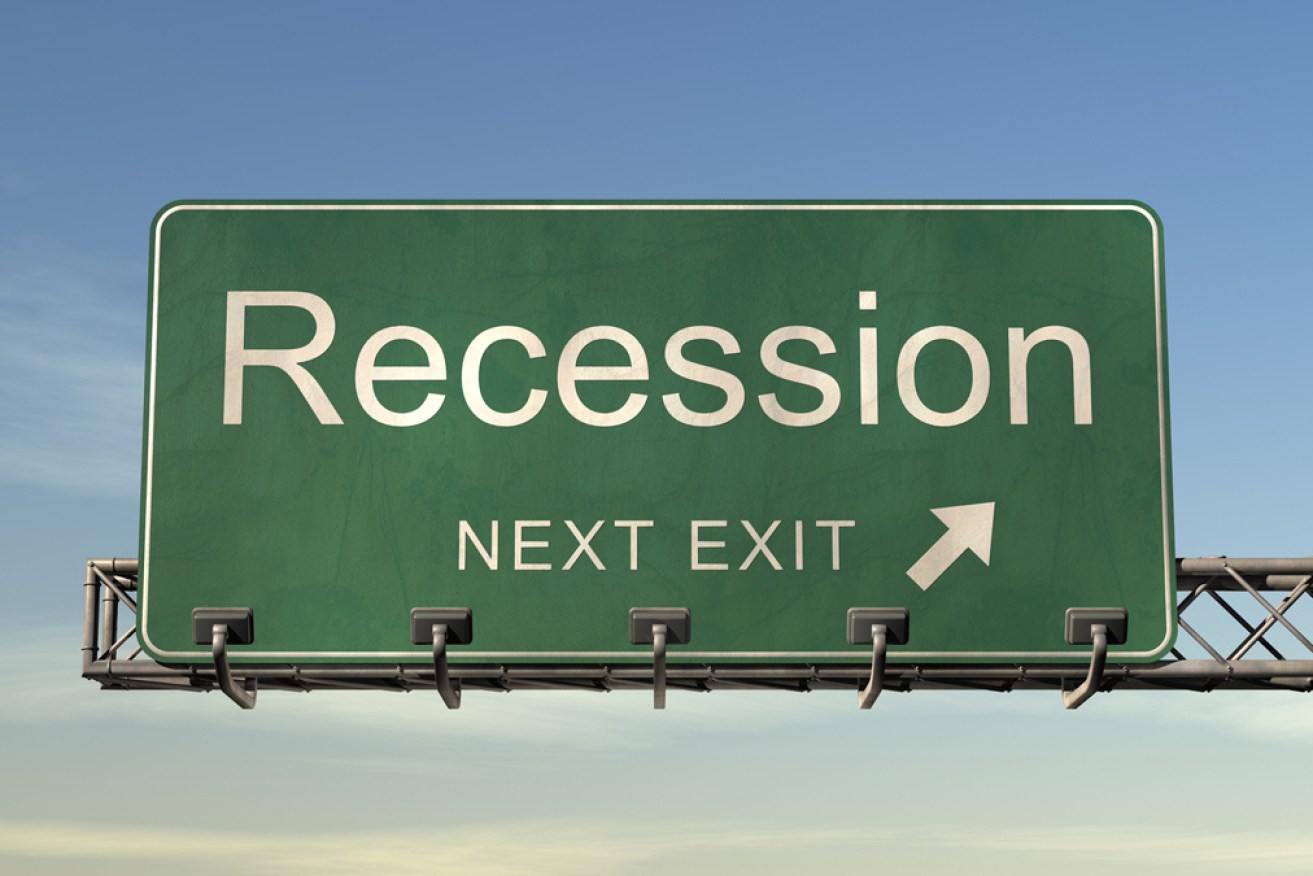Are we reading too much into the perils of the ‘bond curve’?


Talks of a recession are becoming more common, but the latest warning sign may be less reliable than many think. Photo: Getty
Sharemarkets have suffered two days of bloodshed, as the global economy becomes increasingly delicate.
Australia’s leading ASX 200 stock index dropped 2.85 per cent on Thursday, after a turbulent day on US markets that saw the NASDAQ, Dow Jones and S&P 500 indices all fall by around 3 per cent.
The carnage came after an event known as the inversion of the bond yield curves – one of the most reliable harbingers of a recession.
This week the yields for 10-year US rate for government bonds slipped below the yields offered by two-year bonds.
Inversions like this indicate that investors are worried about the health of the market, and historically a recession almost invariably follows them roughly one year to 18 months later.
But are we reading too much into the most recent occurrence?
While bond yield curve inversions are typically seen as a reliable indicator of recession, AMP chief economist Shane Oliver told The New Daily they are no guarantee that a recession is imminent.
That’s because the world finds itself in an era of record-low interest rates and unconventional monetary policy.
“The bond yield curve just shows the rate of interest applied to bonds across each maturity, starting from overnight bonds all the way out to 10, 20, or in some countries even 30 years. Each bond has its own yield, or the interest rate they trade at,” he said.
“Normally, investors require higher yields to invest in longer-dated bonds than in shorter-dated ones.
“So whenever the longer-term yield is below the shorter-dated yield, it’s probably signalling that investors expect short-term interest rates to fall, and that may be because they’re concerned about a recession in the US.”
In essence, when investors start piling into bonds, they bid up the face value of those bonds and thereby reduce the value of the interest repayments those assets offer.
So the inversion suggests investors are willing to accept lower interest repayments over the longer term in exchange for lower risk, because they’re worried about what the market may do next.
A new era
In the past, those investors have been right to be nervous, but Dr Oliver said the yield curve inversions have “never been a perfect indicator even in normal times”, and the current state of the economy isn’t exactly normal.
For example, the US Federal Reserve is currently buying up long-term bonds as part of an unconventional monetary policy called ‘quantitative easing’ – one of several options the Australian Reserve Bank is exploring in case rates continue to edge lower.
And that is itself pushing down long-term bond yields, Dr Oliver said.
Reserve Bank of Australia deputy governor Guy Debelle said on Thursday that “the yield curve has obviously not got the same sort of structure that it’s had historically”, the Financial Review reported.
Dr Richard Holden, director of the University of New South Wales’ Centre for Applied Economic Research, similarly cautioned against placing too much weight on the inversion.
“People see it as this semi-magical indicator, and the last time this happened in the United states was just before the 2008 financial crisis,” he said.
“But I don’t think there’s anything magical about it.
“The inverted yield curve [in 2008] wasn’t because people realised that country wide they’d been lending to the wrong people, or that there were all these ninja loans. One needs to be a little bit careful.”
Inversion still troubling
Though not a guarantee of a recession, the inversion is still a worrying sign, which Dr Holden said investors and central banks are right to be wary of.
“The world economy is at a very delicate point, and markets are pricing in a full percentage point of interest rate cuts from the US Federal Reserve and 0.5 per cent to 0.75 per cent cuts from the RBA,” he said.
“This is markets telling us there are economic growth problems and trade war concerns, and we’re in for some choppy waters. Markets are expressing their extreme nervousness.”
AMP’s Dr Oliver similarly said it would be “dangerous” to ignore the inversion.
“The most dangerous phrase in investing is ‘this time it’s different’, so you don’t want to ignore this. Plus inversions do have some track record,” he said.
“It’s maybe more uncertain as an indicator than normal, but it wouldn’t stop me saying the risk of a recession has gone up.”








